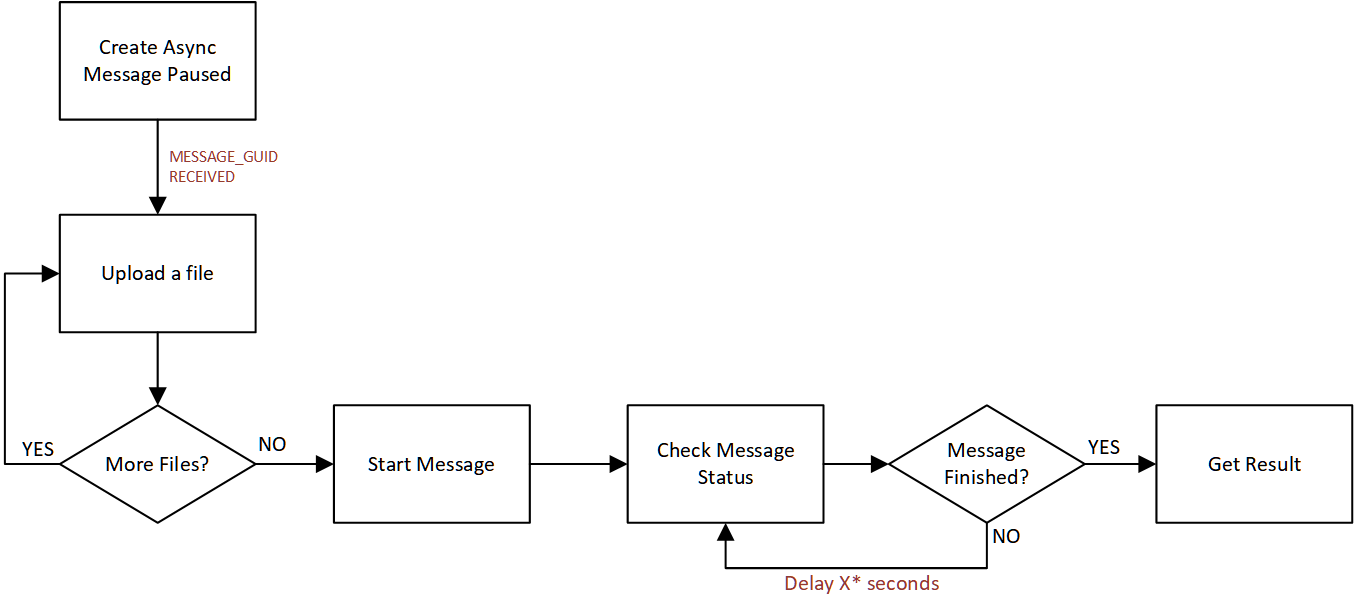API User Guide
General principals
systemize.ai uses simple, easy-to-use API calls. However, unlike regular APIs, there are some key difference that need to be understood:
- An API has a request body and a response body
- systemize.ai APIs extensively use HTTP Headers for request and response information
- API responses will be based on the type of message. For example, an image recognition call will often return JSON, but APIs could also return binary data
- All API calls must use HTTPS
Please note Free-Tier and Starter credits can only run messages as asynchronous. Refer to section Asynchronous Methods for more information.
All APIs have the same structure, as shown below:
METHOD: POST
https://api.systemize.ai/
Where:
- {messagecode} is the API message identifier
- {async} if async specified, means the API returns before the message is complete
HTTP Request Headers
The following request headers are mandatory for each API call. However, each API may have its own unique headers, which will be documented in each of the API documentation.
HTTP Response Headers
The following is a complete list of all HTTP Response Headers that can be returned Note that not all message types will return a value for each
Using Asynchronous methods
Please note Free-Tier and Starter credits can only run messages as asynchronous
* Async message check frequency for is no less than 5 seconds for Free-Tier, 2 seconds for Starter and 1 for Pro
Async messages run immediately
Asynchronous (async) methods are API calls that do not wait until a message is completed.
The diagram below shows how an asynchronous message is used and accessed.

Async messages paused
Some APIs allow you to upload multiple files before you start a message
You can create an async message and put it on pause, to enable sequential uploading of files.
Below is a diagram that shows an async message created on hold and multiple files uploaded befire it is started

METHOD: POST
https://api.systemize.ai/
METHOD: POST
https://api.systemize.ai/
This will return a MESSAGE_GUID which you will need to use for subsequent async methods. The task has not been started yet.
METHOD: PUT
https://api.systemize.ai/
You can either put a file as direct binary data or as multi-part form data. If putting binary data, "Content-Type" must be set
METHOD: GET
https://api.systemize.ai/
Start will only work for messages that are in a PAUSED state
METHOD: GET
https://api.systemize.ai/
METHOD: GET
https://api.systemize.ai/
A response is only available when a message has completed.